Customized Football-ES-0627
Description
A soccer ball is the most essential piece of equipment in the sport of football (soccer). Designed to be kicked, passed, and struck with precision, a soccer ball needs to be durable, consistent, and responsive to the movements of players on the field. Whether used for recreational play, professional matches, or training sessions, a well-crafted soccer ball enhances the overall gameplay experience.
Key Features:
-
Construction: Soccer balls are typically made of a combination of leather or synthetic materials and are designed to be durable enough to withstand the rigors of the game. They consist of several key components:
-
Cover: The outer shell of the ball, usually made from synthetic leather or polyurethane (PU). Synthetic leather is more water-resistant and durable compared to natural leather, while PU offers a soft feel and durability.
-
Panels: A soccer ball’s cover is made up of several panels, traditionally 32 (20 hexagonal and 12 pentagonal), but variations like 24 or 18 panels are also used. The number and shape of panels can influence the ball’s flight stability and its ability to maintain shape.
-
Bladder: The bladder is the inflatable inner component that holds air. It is usually made from latex or rubber and can affect the ball’s bounce and responsiveness.
-
Stitching or Bonding: Higher-end balls are stitched for durability, while premium match balls may be thermally bonded for seamless construction to reduce water absorption and improve aerodynamics.
-
-
Size: Soccer balls come in different sizes to accommodate various age groups and levels of play:
-
Size 1 (Mini Ball): Primarily used for training, skill development, or as a novelty item.
-
Size 3: Common for children aged 5-8, ideal for youth games and practice.
-
Size 4: Standard for players aged 8-12, suitable for youth competitions and training.
-
Size 5: The official size for adults and professional play, used in international and club competitions, and by players aged 13 and above.
-
-
Weight: The weight of a soccer ball is another important factor that affects its flight and control. A standard size 5 ball typically weighs between 410-450 grams (14-16 ounces). Balls used in youth leagues or training may be lighter to make handling easier for younger players.
-
Grip and Texture: The outer surface of the soccer ball can vary in texture, impacting grip and control:
-
Smooth Finish: Often found in premium match balls, designed for precise control and predictable flight.
-
Textured Surface: Some soccer balls feature dimpled or raised panels for better grip, making them easier to control during wet or damp conditions.
-
-
Air Retention: High-quality soccer balls are designed to retain air for extended periods, ensuring that players don’t have to inflate the ball frequently. The bladder material and construction quality determine how well the ball maintains its shape and air pressure over time.
-
Performance: A well-designed soccer ball will exhibit consistent flight, bounce, and handling characteristics. Professional-grade balls are optimized for control, accuracy, and performance during high-speed play. Training balls, while not as performance-focused, are designed to be more durable and withstand repeated use in various weather conditions.
-
Weather Resistance: Soccer balls are made to endure various weather conditions. Some balls are specially designed for specific weather:
-
All-Weather Balls: Designed for use in both wet and dry conditions, offering good grip and flight stability even in the rain.
-
Winter Balls: Often have a more durable surface and are designed to perform better in cold weather without becoming heavy or difficult to control.
-
-
Design: Soccer balls come in various designs, often reflecting team colors, brands, or logos. The visual appeal of a ball can vary from classic monochrome designs to intricate patterns or bold, vibrant colors. Some balls are customized for specific tournaments or teams, making them unique to particular events.

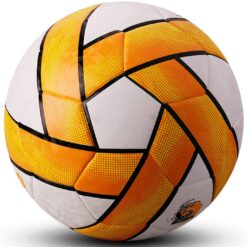


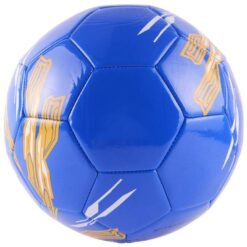

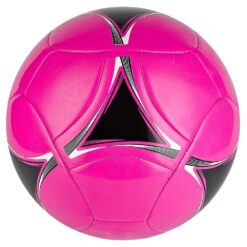

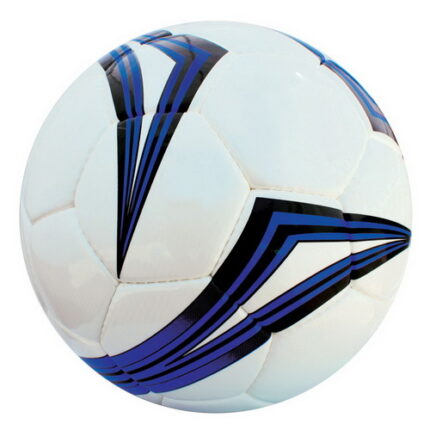
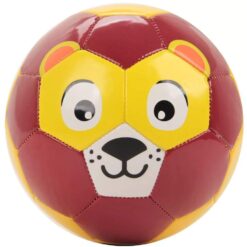
Reviews
There are no reviews yet.